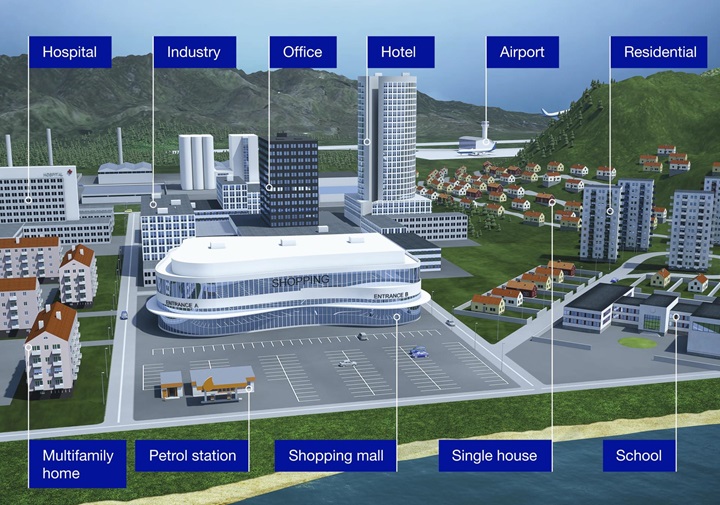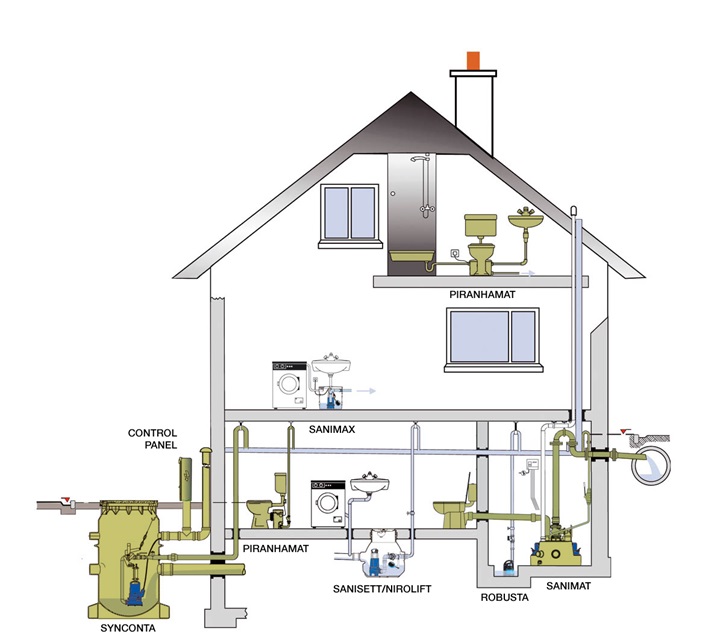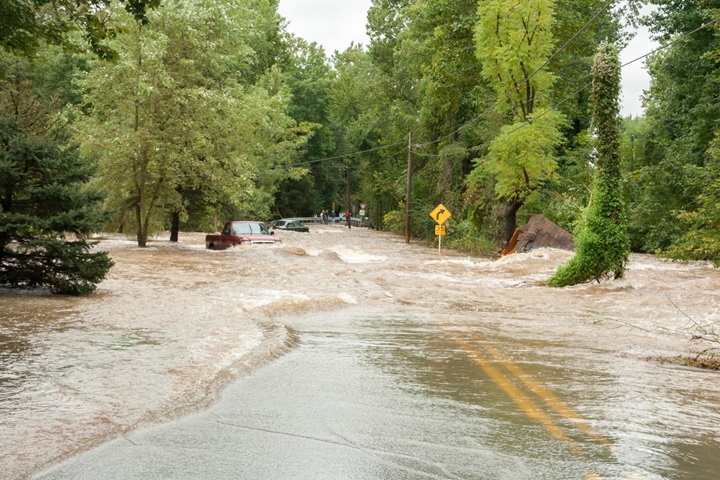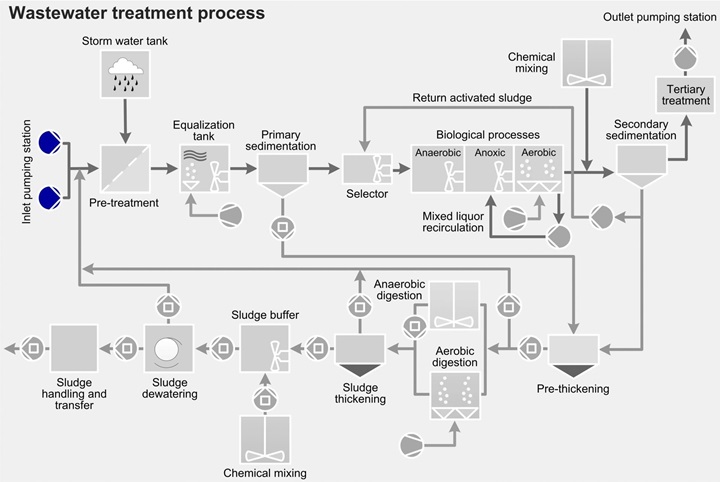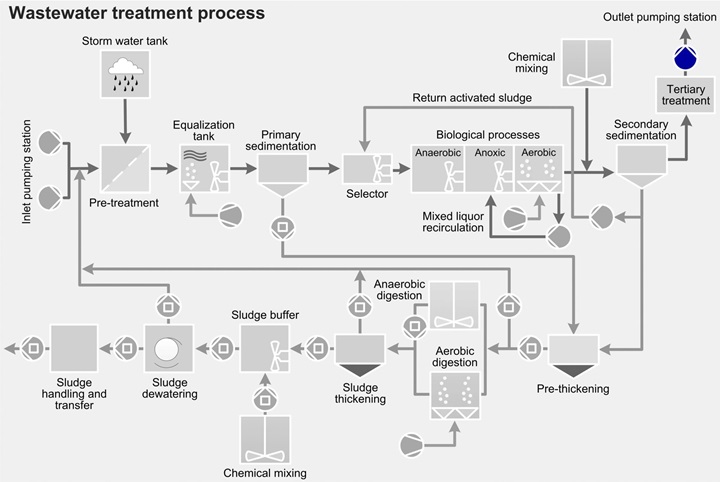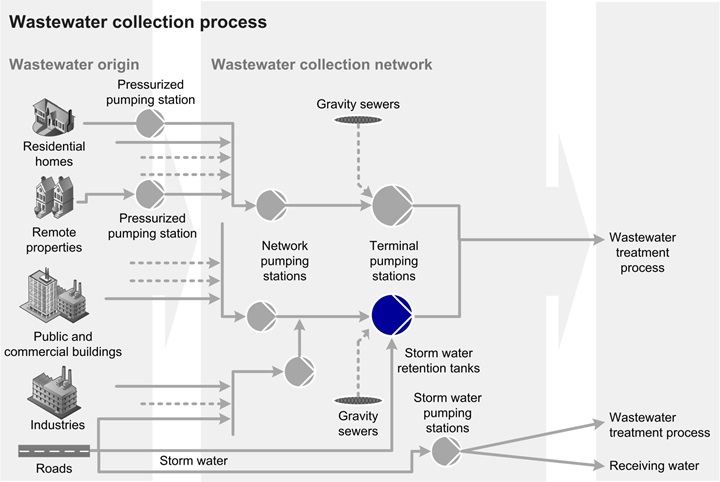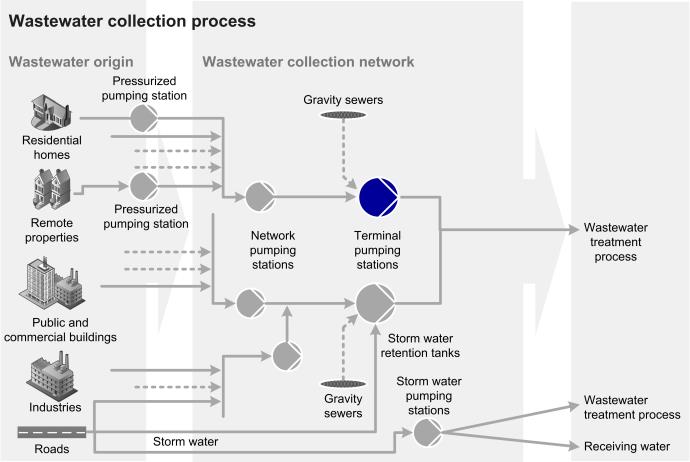Leakage control type ABS CA 461
Detect leaks at the first sign
CA 461 is designed to spy and detect leakage in pumps and mixers. The amplifier is housed in a norm enclosure fitted for DIN-rail mounting. The unit is available in two executions, 24 VDC or 110-230 VAC supply.
Main design features
To minimize the risk of false alarms the failure has to be detected for minimum time duration of 10 seconds.
To simplify the mounting the unit is fitted with plug-in type of connectors.
To simplify the mounting the unit is fitted with plug-in type of connectors.
Key characteristics
- Leakage monitoring with 10 sec alarm delay
- Wide resistance range, 0-100 kOhm
- Wide temperature range -20 to +50 ºC (-4 to +122 ºF)
- Max load output 250 VAC 3 ampere
- Connection via plug in connectors
- DIN-rail mounted
Technical specifications
| Leakage detection treshold | < 100 kOhm |
| Alarm on delay | 10 seconds |
| Ambient operating temperature | -20 to +50 ºC (-4 to +122 ºF) |
| Ambient storage temperature | -30 to +80 ºC (-22 to +176 ºF) |
| Degree of protection | IP 20, NEMA: Type 1 |
| Housing material | PPO and PC |
| Mounting DIN Rail | 35 mm |
| Installation category | CAT II |
| Pollution degree | 2 |
| Flame rate | V0 (E45329) |
| Humidity | 0-95% RH non-condensing |
| Dimensions | 108 x 58 x 35 mm (4.25 x 2.28 x 1.38 in.) |
| Power supply | 16907010: 110-230 VAC 16907011: 18-36 VDC, SELV or Class 2 |
| Fuse | Max 10 A |
| Terminal wire size | Use copper (Cu) wire only. 0.2 - 2.5 mm2 flexible core, stripped length 8 mm. |
| Terminal tightening torque | 0.56 - 0.79 Nm (5-7 lbs-in) |
| Power consumption | < 2 W |
| Max load output | 250 VAC 3 ampere |
| Altitude | Max 2,000 MASL or 6,562 ft. AMSL |
| Compliance | CE, CSA, C/US, UL |
